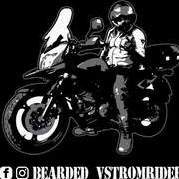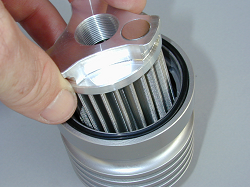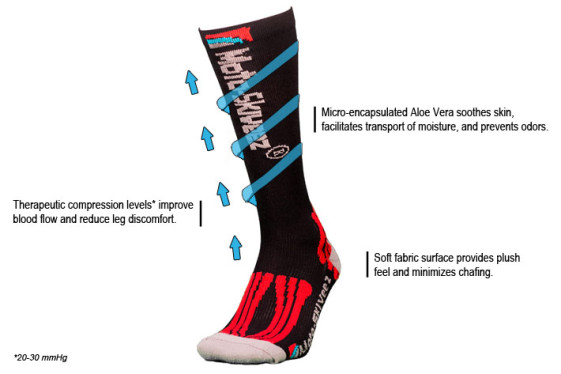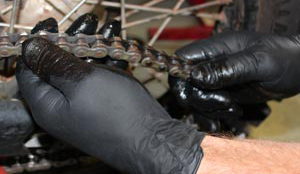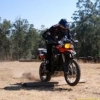

“RIDE OF A LIFE TIME”
This is a NON COMPETITIVE event created for any typ of enduro motorcycles. ADV´s are welcome too! Ride your motorcycle for what it´s made for! If you are looking for a unique experience, challenging navigation and pure adrenaline in the desert, you might be all right at BAJANORA.
Our Staff is specialized in professional off road riding in México. The team around the organizer Stefan Rosner is managing rally events and tours in Europe with many years of experience.
2020 EDITION
A special opportunity to ride on the most beautiful and famous trails in Baja California from Mexicali to La Paz. After a rest day in La Paz, the Baja ferry takes you across the Golf from Baja California to Sonora during the beautiful night on the ocean. In the following days you will discover the amazing views of the deserts and breathtaking landscapes of Sonora.
10 DAYS RIDE: Demanding trails in remote deserts, magical beaches and a real Mexican “way of life” lets you escape from daily routine. The raid will be guided with GPS waypoints and tracks.
In the ADVENTURE CLASS the tracks are around 280 – 350km long and contains 50% of off road riding. In the ROAD RUNNER CLASS you can follow a tour guide on the road.
YOUR OWN SUPPORT TEAM or MALLE MOTO
You have two options to enter in the event.
1.) CHECK IN with your own support team and service crew and bring everything you need during the event by your own.
2.) CHECK IN as MALLE MOTO and use the staff service truck for your equipment. Everything you bring with you needs to fit in one transport box(For more information click the link) You only need to come by your own with your motorcycle and we´ll carry your luggage in our service truck from one stage to another. We stay overnight in fantastic hotels.

